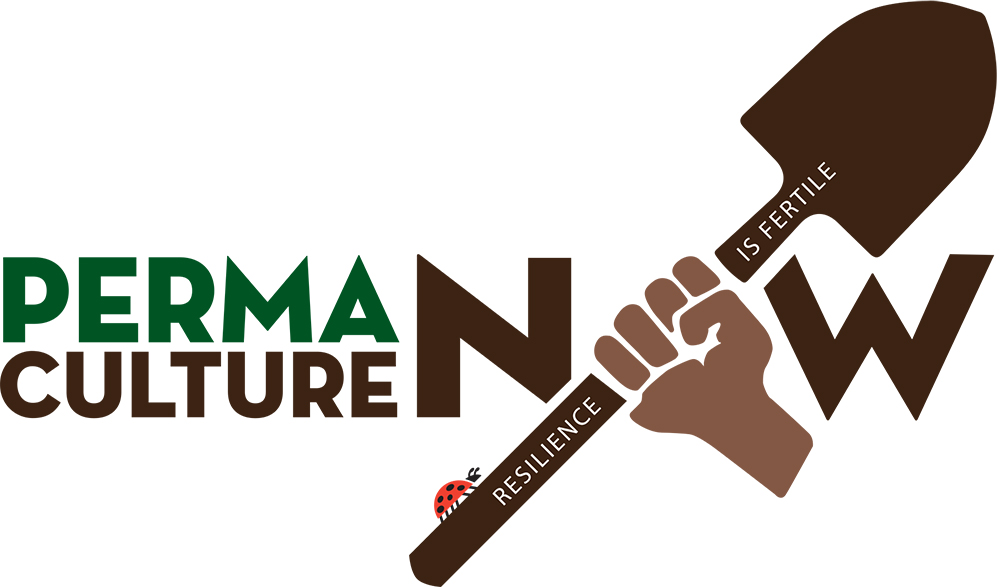Agroforestry
A Marriage of Agriculture + Forestry
In an agroforestry system, what we do is marry agriculture to forestry. We are always keen to lean into agroforestry as a cornerstone solution in the climate change equation.
We are learning from nature and we’re looking to the forests of the world. We are asking, how does a forest structure work naturally in the world? What are the whole systems of a forest so that forest floor is a big sponge, so that rain water, instead hitting bare Earth and eroding it away, hits a tree and drips and runs down the trunk and goes into this dense forest floor where that water infiltrates into the forest, and it’s held in that forest floor and slowly releases into the streams and tributaries and rivers from there. We want to be able to recreate that in our agroforestry systems.
The Chem-Ag Equation
Looking at the dire end of the spectrum, which is the chem ag equation, where they’re just tilling the topsoil and it’s blowing away in the wind, eroding into the rivers, and damaging our reefs. The chemicals and toxic brew that come from those contaminated soil particles poison systems. What’s worse is that this chem ag equation is often a crop for exports, it’s not even feeding the local community.
We are looking at it through an even bigger lens of more providing for ourselves, in our communities, in an agroforestry system. Your food island in your backyard is your one little fractal of that agroforestry system, the less I have to drive to the grocery store, the less I have to rely on other people, you know, growing my food and shipping it here on a on a on a container ship, all of those things feed into this positive feedback loop for climate change solutions.

WE LOOK AT WAYS IN WHICH
%
Organic matter can increase water holding capacity
%
Recreating Agroforestry
We want to be able to recreate that in our agroforestry systems. Going from the one dire end of the spectrum, which is the chem ag equation, where they’re just tilling the topsoil and it’s just blowing away in the wind and eroding into the rivers and damaging our reefs. They use chemicals and the toxic brew that comes from those contaminated soil particles poison systems. In that chem ag equation, it’s often a crop for exports, it’s not even feeding the local community.



Buffering for Climate Change
In many countries there is not a living wage. It’s not fair trade, it’s not organic, all the rest of that. There are ways to an agroforestry system that can provide many different things in a system. There’s food, fiber, medicine, there’s habitat, you can hunt in there, you can fish there, you can have recreation, you can visit the forest, and you can be filled up from that life that’s all around you. In an agroforestry system, it also buffers against the extremes of climate change. Not only is it storing water and releasing it slowly, it’s also providing all of those things that we use, food, fuel, all those different things.
In a big storm, those agroforestry edges are buffering zones. It sequesters carbon and it holds the land in place. And when a big storm comes through, it has endurance, it has longevity. We are thinking very hard about how we influence policy where we live so that all the watersheds have a 100-foot buffer zone around the top. Because when agriculture plows to the edge of the watershed and pushes that dirt down in the watershed, the next big rain comes and slows it down and it impacts the reef. And of course, we lose all the topsoil as well. We want to protect our watersheds. But we also want to look at the combination of native and endemic species, habitat for the owls, the birds, the insects, the bees, and the pollinators, and the many yields we can get over time in an agroforestry system.
Cultural Influence
Indigenous cultures around the globe have long histories of agroforestry systems that have supported people in one place over 1000s of years. Hawaii is one example of that, 1000 years of agroforestry in one place.
In Spain, they have one that Geoff Lawton refers to as the “cork and pork”. It’s about the pigs in the under-story of the nut and the cork trees. These are sophisticated agroforestry systems that we learn how to manage and harvest from over time. They have an enduring quality that we build culture around. Those are the foods we eat, medicines we make, this is the cycle of this agroforestry system.
Israel has an annual tree planting holiday. And when you fly over the borders of Israel and Syria, you’ll see Israel which is a line of green, where they have planted trees and on the other side of the border it’s desert. They have built it into their culture to plant trees, they even have a forestry plan as a country. Same thing in Sweden and same thing in Japan.
RESIDENTIAL DESIGN

We design on small and large scale projects. This recent permaculture design was for a brand new two-acre family home.
CO-OP DESIGN

We’ve designed a worker-owned cooperative that provides several community services.
COLLEGE DESIGN

We worked with Evergreen State University to provide students with instruction on permaculture design.
JENNY PELL HAS BEEN FEATURED IN




